In case we haven’t adequately stressed the finality of the matter, or you haven’t read our previous reports, it has been confirmed that the Porsche 911 will receive downsized, turbocharged engines after its 2016 model year facelift. At least, the Carrera and Carrera S versions will.
The strategy of downsizing and turbocharging the Porsche 911 engine is a perfectly sensible one when it comes to improving the car’s results in various emissions tests, but becomes a little less appealing considering the wants of the typical Porsche 911 customer. The famous German sportscar has always been prized for its character above all else; that much is evident when one considers that the engine is clearly situated in entirely the wrong place, or that obsolete air-cooled engines are still largely preferred by “Porsche purists.”
But if you’re looking for a silver lining, there are several. The UK’s CAR magazine spoke with Volkswagen Group Head of Powertrain Development Dr. Heinz-Jakob Neusser awhile back, who confirmed that for starters, Porsche 911 variants slotted above the Carrera and Carrera S are safe from downsizing, and will retain their unforced induction. For now, at least.
That means that for the remainder of the Type-991 generation, and likely into the Type-992, the GT3 and GT3 RS will retain the crisp throttle response that comes with a large displacement, normally-aspirated flat-6.
But even for the Porsche 911 Carrera and Carrera S, there is hope. Displacement is expected to shrink to 2.7 liters at the smallest, but there’s no reason to suspect that should result in a reduction in power. More importantly, the new mills ought to have plenty of personality. “Turbocharging is possible with higher revs – it’s not true to say that turbocharged engines must stop at 6000rpm,” Dr. Neusser told CAR. “That’s not true… If you look at McLaren, they already have in production turbo engines with high revs.
“The point is that you have more freedom with tuborcharging to express the torque behaviour over the complete rev range. And we’re looking at what the best maximum speed you can get with such an engine. I think it’s around 7000rpm, give or take a little bit.” So, the switch to forced-induction shouldn’t cut into the Porsche 911’s blissfully high redline much at all.
When asked about the engine note, Dr. Heinz-Jakob Neusser stated that “Noise is not a problem. Look at the 911 Turbo; it has an extremely expressive noise today – that is not a problem. At the other end of the scale, the Golf R has it too.
“You won’t miss character with turbos, I promise.”
The facelifted Porsche 911 is expected to appear at the Frankfurt Motor Show this Autumn, while development of the next-generation Type-992 is just beginning. But speaking of, murmurings of a plug-in hybrid Porsche 911 have been plentiful over the last few months, with the most recent declaration of “probably going to happen” coming from Road & Track. The car is still four or five years away at this point, but details should at least start coming into focus soon.
This is certainly an interesting time to be a Porsche 911 fan…

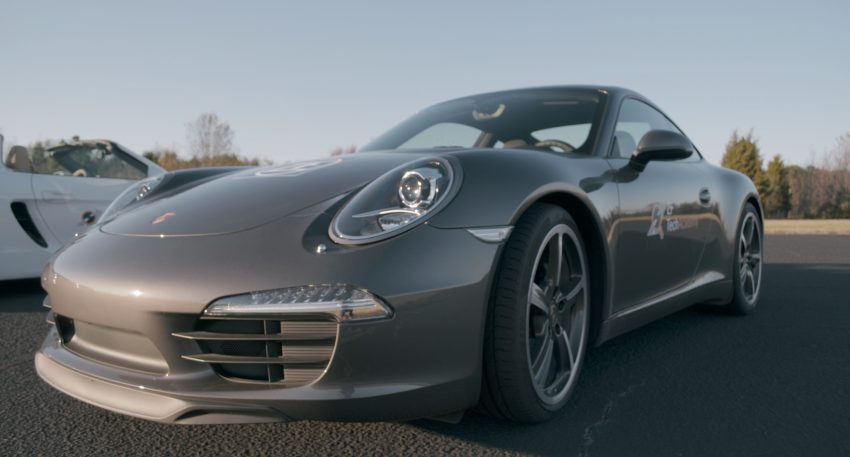
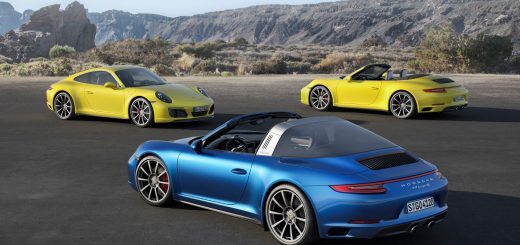
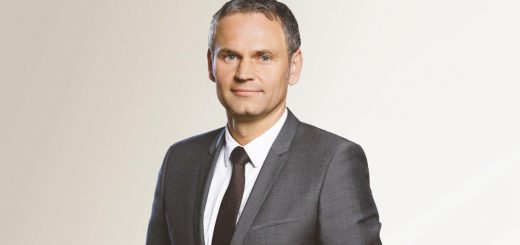
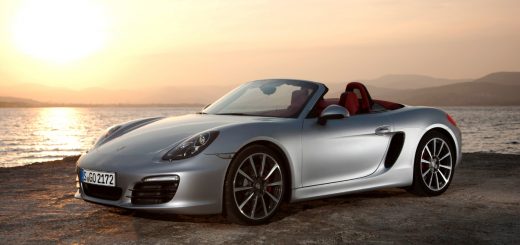
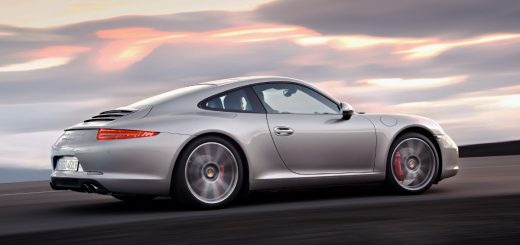
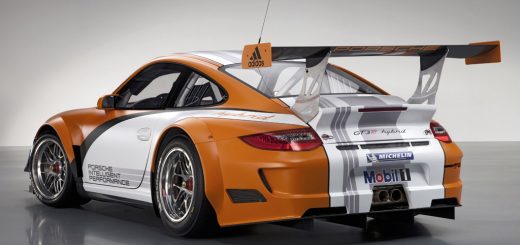
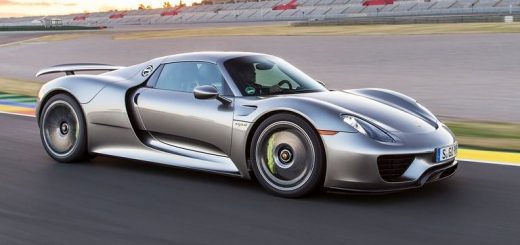






No Comments yet